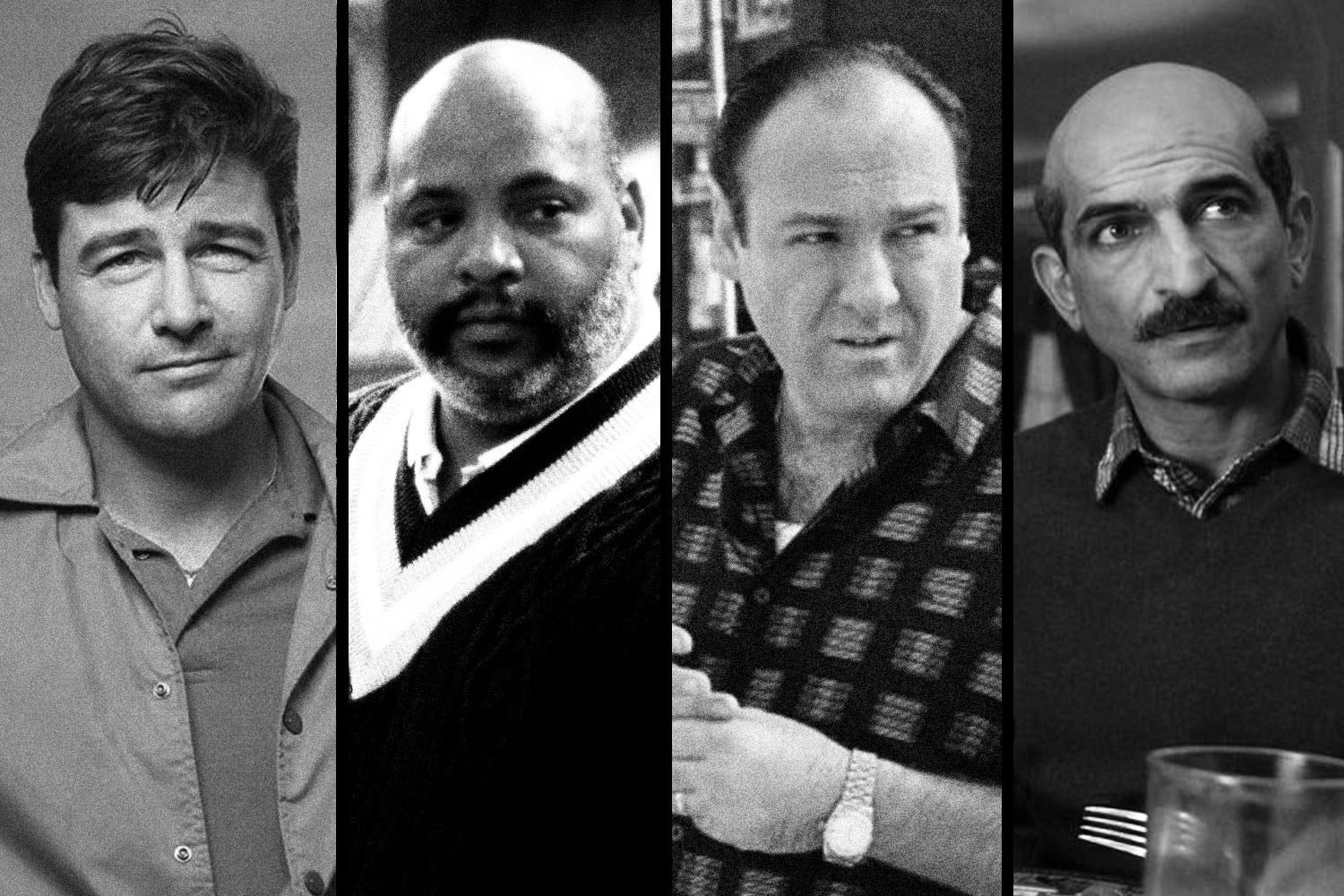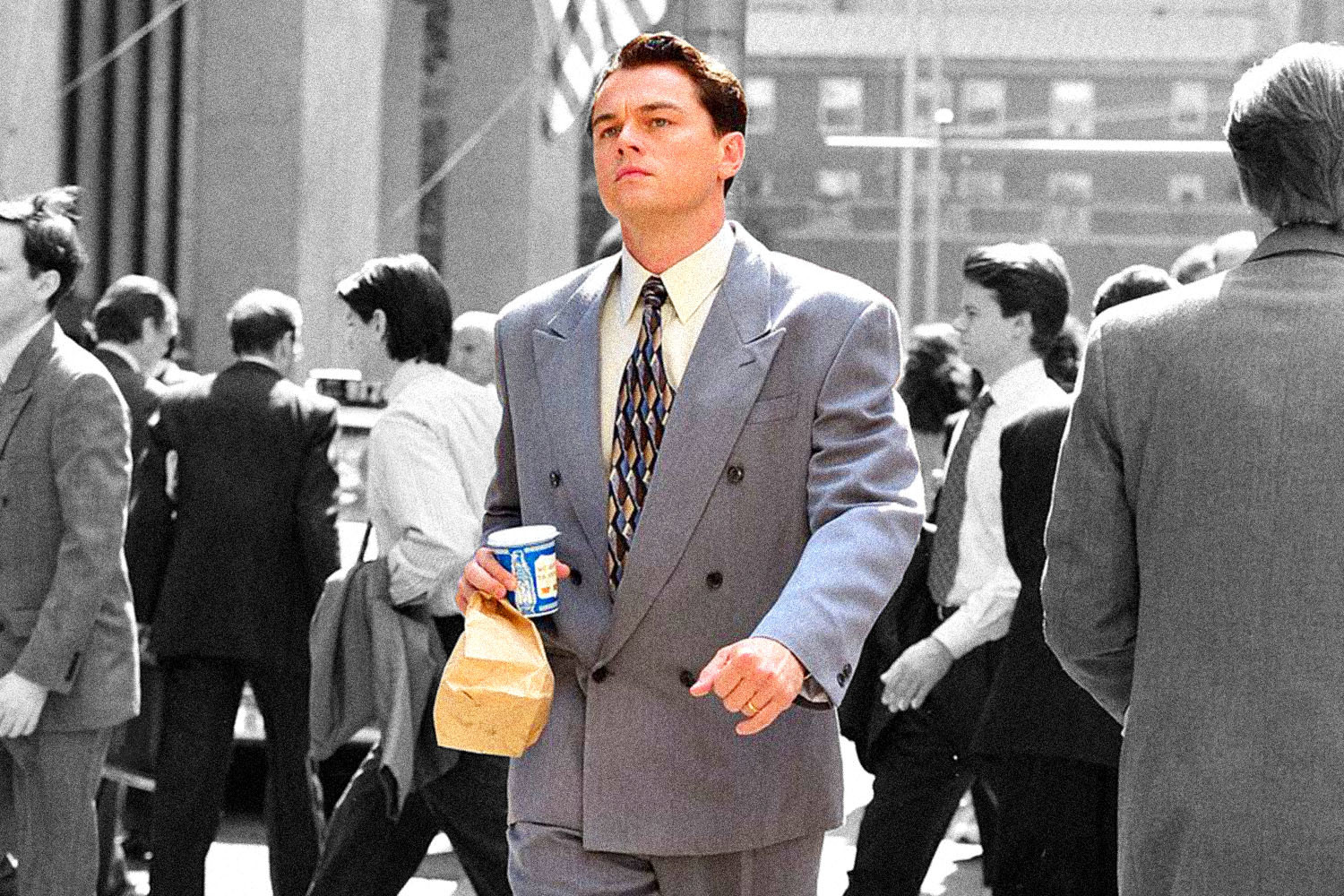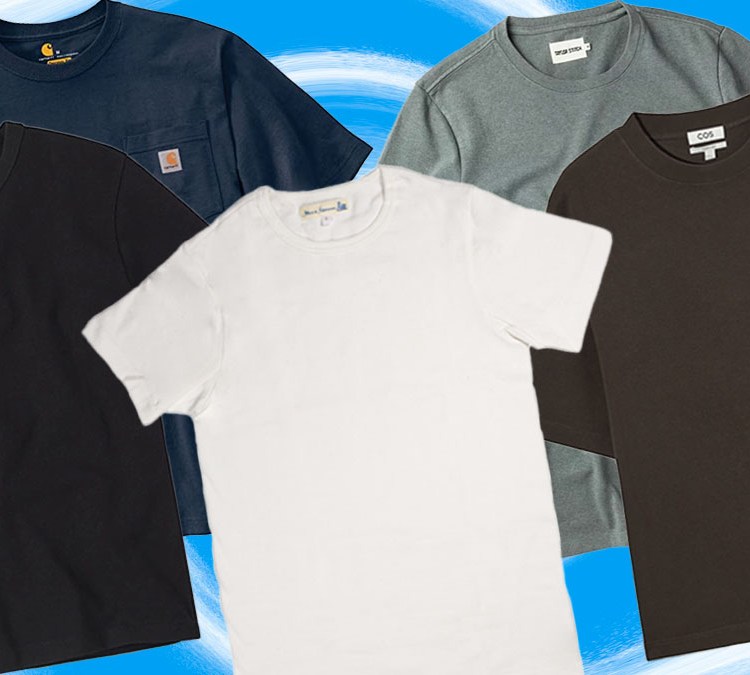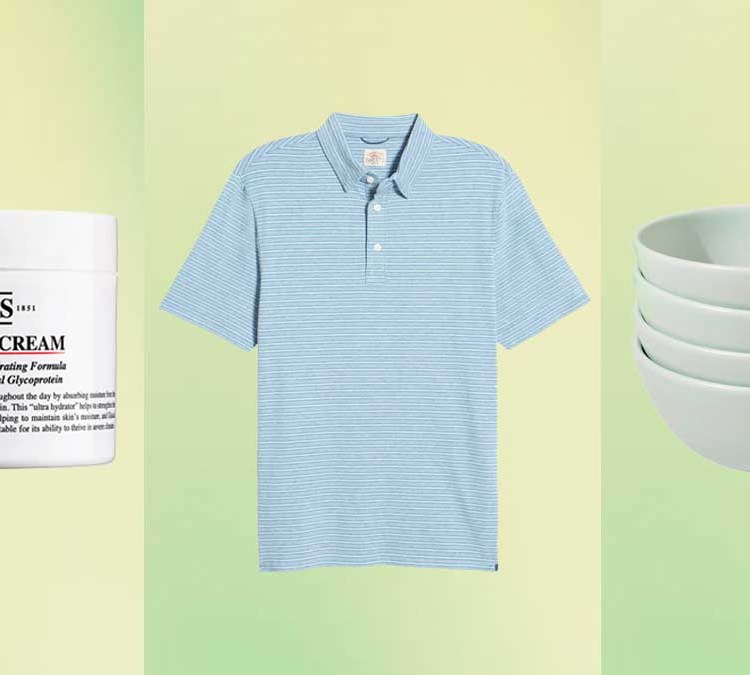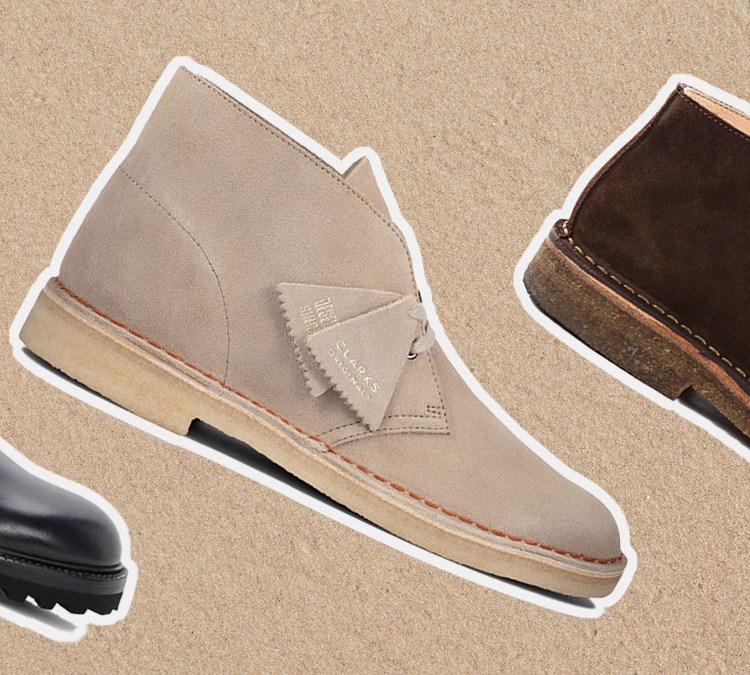Having been a big person my entire life, I can count on one hand the people my size who I can definitively say looked cool. On TV, heavier people were nearly always comic relief, if not just totally un-fuckable in the eyes of everyone else on screen. There wasn’t much guidance on how to look good if you’re a bigger person, or even much evidence that it was possible. This idea was embedded in my brain until I saw James Gandolfini as Tony Soprano.
I was way too young for The Sopranos when it originally aired, but my family owned a copy of the first season on VHS, and on one occasion, I caught a glimpse of a boob. My 10-year-old interest firmly piqued, I waited for my parents to go to sleep before fast-forwarding through hours and hours of tape to relocate the boobs in question. Eventually, I got bored, and simply started watching the show.
I couldn’t totally understand what was going on, but I was drawn to the Soprano patriarch: his mood swings, watching him beat the hell out of mooks, and more than anything, the mere fact that the ebullient character at the center of the show was a bigger guy.
My after-hours boob hunt notwithstanding, I didn’t really get into The Sopranos until years later, after graduating college. In the interim I had been a big kid and a big teenager, and was, at the time, a big adult. My style out of college was non-existent, comprising mostly band T-shirts, hoodies and Carhartt jackets, like an overgrown Anthony Soprano, Jr. The odd, massive flannel shirt or two aside, button-ups were a little too “advanced” for me, and I was always afraid of buying something that didn’t fit. I was pretty lost, sartorially speaking, with very few stylish bigger guys to look to for inspiration.
Then I started watching The Sopranos again, for real this time, and found my fashion father figure had been right there waiting for me all along.
There’s something about Tony Soprano that translates as cool the moment he enters a scene. It’s grounded in his raw physical power, which he so casually wields when dealing with rival gangsters. As the show develops, his confidence and self-assuredness become a greater focal point, but even in his lowest moments, he is almost always a portrait of composure.
The beauty of Tony Soprano’s wardrobe is how it turns his size into an asset, a reflection of his power and scariness. In the world of the show, it feels like he’s big by mere circumstance — that many red-sauce Italian banquets can only lead to him being bigger. Moreover, whenever Tony has to get his hands dirty, his size tends to play an important role. At the end of Season Two, when it comes time to whack Big Pussy on the boat, Tony’s walk downstairs is imposing, his body blocking out the light and foreshadowing the darkness on its way. A couple seasons later, when Ralphie’s number is up, he calls Tony a “fat fuck” only to be utterly dominated by dint of blunt force in his own kitchen.
Tony never had to exercise or run from anyone; if anything, being large consolidated his status as a terrifying, powerful man, even as the stress of his calling pushed him to further size up.
It was a revelation to see someone who was big look so comfortable and confident in what he was wearing. Before that, I had defaulted to T-shirt’s with big graphics to obscure my size, the designs rarely serving as a complement to the rest of my outfit. I started pulling some direct cues from Gandolfini’s character when I shopped. Polo shirts were no longer the express domain of preppy dudes; instead, they were a versatile option that I could dress up or down depending on the weather and occasion. I moved the jeans to the back of my closet in favor of lightweight pairs of wool pants. And screw it, if a mafioso could pull off a cardigan, why couldn’t I?
The biggest pill to swallow in all of this was buying clothes that actually fit. In the past, I’d sacrificed fit for deluding myself into being an XL instead of an XXL. I had a closet full of shirts that didn’t fit, a testament to my inability to be honest with how big I was. I ditched a good amount of those pieces and started replacing them with patterned short-sleeve shirts and polos that looked like they actually, truly fit. The designs didn’t stretch in awkward places, and the silkier fabrics actually looked pretty good on my frame. I finally bought a jacket that wouldn’t make me feel out of place at some tony bar or restaurant; I learned that I, too, could look comfortable but also a little tough.
The real-life man behind Tony Soprano, James Gandolfini, also inspired me to make some decisions about my life. I watched The Sopranos after his death, and wasn’t aware until later of the circumstances in which he died. Gandolfini never sized down from his days as the New Jersey mob boss, and fell victim to a heart attack in 2013. He was 51. Though his character had given me a renewed outlook on my own personal sense of style, Gandolfini’s death instilled in me a realization that stagnating at a similar size is not a path to longevity. In a way, my time spent observing Tony Soprano, and the confidence I had drawn from it, felt like the perfect end-chapter to that stage of myself.
The ability to mix and match clothes isn’t a huge revelation to most. But seeing a guy of my stature do it — how simple patterns can add depth and texture, how different silhouettes can flatter different shapes and sizes — opened the door for more “fashion” in my life. To be honest, I think I’m finally able to address a lot of the trauma that led to me to being overweight in the first place, and I’m now on a journey to slimming down for good. Wherever I land, though, I’ll remember the magnetism of James Gandolfini and his portrayal of Leadbelly Tony Soprano, and how it helped open sartorial doors at a time when I dearly needed it.
This article was featured in the InsideHook newsletter. Sign up now.

